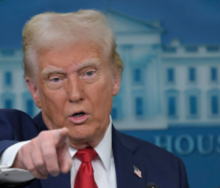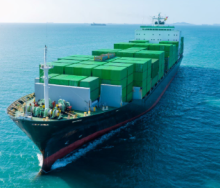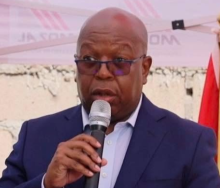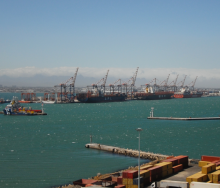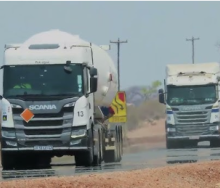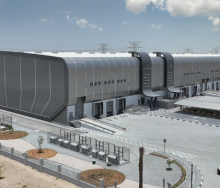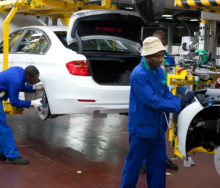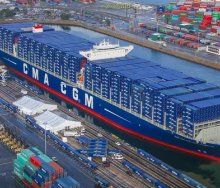Deputy President David Mabuza assured parliamentarians on Thursday that government had created a regulatory environment that was conducive to opening up the market for alternative power generation.
“For instance, regulatory authorities have relaxed the licensing threshold for generation projects from one MW to 100MW.
“This means that power plants with a capacity of less than 100MW can supply electricity to a wide range of users, like businesses and homes,” he said.
He was responding to oral questions in the National Council of Provinces (NCOP) relating to the work of government in the sixth administration.
Questions posed to Mabuza by members of political parties covered progress made in improving Eskom’s plant performance, measures taken to ensure the protection of infrastructure, and resolutions of the Communal Land Summit.
He said government had been working with the energy sector to remove a cap on private generators, increase the number of requests for proposals issued to the private sector, and contract for more megawatts from existing independent power producers (IPPs).
“The renewable energy programme has connected about 2 000MW of solar and wind energy to the national grid, courtesy of Bid Window 4. The Bid Window 5 will contribute over 2 600MW by 2024. The Bid Window 6 will procure some 5 200MW of wind and solar energy.”
Updated regulations, according to Mabuza, allow municipalities to procure power independently.
“Eskom would also buy surplus power from existing producers like mines, factories, malls and other private generators. Eskom will also import additional power from neighbouring countries.”
In the meantime, he said Eskom was aggressively maintaining its power station fleet.
“Maintenance budgets have increased to improve operational reliability, and bureaucratic guidelines have been relaxed. This should lessen Eskom’s difficulties in purchasing the necessary equipment and services,” he said.
Mabuza told the NCOP that the state-owned power entity was embarking on a significant recruitment drive to employ highly competent technicians, including former plant managers and engineers.
“Eskom has recognised that the ‘ground zero’ of its operations is at the plant level.”
Clean energy
Eskom has proposed adding 8 000MW of clean energy projects to the grid over the next two to five years as part of its Just Energy Transition (JET) strategy.
“This is a mix of greenfield renewables and gas projects, as well as coal power plant repurposing,” Mabuza said.
He assured the NCOP that government was considering various changes that would speed up the acquisition of IPPs and further reduce red tape.
To address energy demands Eskom has proposed building 8 000 kilometres of transmission lines over 10 years.
Mabuza said the appointment of the new Eskom board would “ensure that as a country we attain the target of improving Eskom’s energy availability factor from the currently undesirable levels that are below 60% to a stable level of 75%”.
Protecting infrastructure
He said Eskom had adopted an integrated security approach, in partnership with law enforcement agencies, to address criminal activities relating to critical infrastructure that enables the organisation to function.
Work to protect critical infrastructure had not been limited to Eskom, said Mabuza.
“We are taking lessons from our response to Eskom and replicating it across other critical infrastructure. This fits with making sure all of our efforts to grow the economy are long-lasting.”
Eskom, according to Mabuza, has analysed all national key point sites and is installing smart technologies at generation power stations.
“Helicopters and drones are utilised in isolated areas where criminal networks still target infrastructure.” – SAnews.gov.za


